Gwangju Art Street (광주 예술의 거리)
3.5 Km 32132 2020-06-19
24, Yesul-gil, Dong-gu, Gwangju
+82-62-942-6160
Gwangju Art Street is aimed at developing Gwangju’s traditional art scene through exhibition of local work. The street is 300m long and located behind Jungang Elementary School, nearby Gwangju Dongbu Police Station. Items commonly found here include Korean fine art such as paintings, ceramics, writings, and industrial art.
Every Saturday, an art flea market famous for its unique pieces is held here. People from all over the nation gather to display items that include old calligraphy materials, collector coins, stone hairbrushes, Chinaware, wooden sculptures, folk drawings, classic books, ink, and incense burners. Part of the attraction is the stories the collectors share with each part of their collection. Enjoy the many shows and exhibitions that draw regular crowds to this famous road.
The Mudeung art exhibit operates according to districts, and functions as a cultural festival as well. The outdoor exhibition was built in February 1995, and is open throughout the day. The large exhibition space has 32 booths and regularly holds special exhibits. Many regional cultural treasures are also on display here. Every Saturday, the Street of Fine Arts is blocked from traffic, and people gather to share and enjoy art culture. Gwangju Summer Universiade will be held this summer, 2015.
House of Choi Seung-hyo (최승효가옥)
3.6 Km 13824 2023-03-08
29-4, Yangchon-gil, Nam-gu, Gwangju
+82-62-607-2332
The House of Choi Seung-hyo is a traditional residential building located on the southeastern slopes of Yangnimsan Mountain. The rectangular building is open to the east, has 8 kan (the space between two pillars) in the front and 4 kan to the sides, and is graced by a traditional hipped and gabled roof. Since the building was constructed in the 1920s, it offers a valuable glimpse into the architectural style of Korean houses at the end of the Japanese colonial period. Choi Sang-hyeon was an activist who offered his attic as a place of refuge for other activists.
Olive Young - Gwangju Chungjangro 1-ga Branch [Tax Refund Shop] (올리브영 광주충장로1가)
3.6 Km 0 2024-04-22
105-1, Chungjang-ro, Dong-gu, Gwangju
-
Han Hee-won Art Museum (한희원미술관)
3.6 Km 0 2023-01-25
27-6, Yangchon-gil, Nam-gu, Gwangju
+82-62-653-5435
Han Hee-won Art Museum is a small hanok art museum in the back alley of Yangnim-dong.
Painter Han Hee-won grew up in Yangnim-dong, where he was influenced as a painter. In July 2015, he purchased a small hanok between the House of Yi Jang-u and the House of Choe Seunghyo and transformed it into an art museum to preserve and show the spirit of love, comfort, and art in his hometown, Yangnim-dong. An art museum with a low threshold approaching citizens with a humble mind, Han Hee-won Art Museum is open to anyone. Feel free to visit, appreciate the paintings, and be comforted through art.
Lee Jang-woo's House (이장우 가옥)
3.6 Km 15223 2021-12-16
21, Yangchon-gil, Nam-gu, Gwangju
+82-62-607-2333
Designated the first Gwangju Folk Material on March 20, 1989, Lee Jang-woo's House is an upper-class, tile-roofed house with a gate, storeroom, servants’ quarters, detached building, and main building. The building is estimated to have been constructed in 1899 and is overall a sturdy example of Korean architecture, well-preserved in its original state. The L-shaped main hall of the historic building is rather large and consists of (left to right) a wooden verandah, a small room, a hall, the main room, a kitchen, and another small room. The room doors are double doors with a sliding door on the inside and a hinged door on the outside. The hall also has partitions that can be hung up as necessary.
Malbaujeong Market (말바우장 / 말바우시장 (2, 4, 7, 9일))
3.6 Km 15916 2023-11-20
62 Dongmun-daero 85beon-gil, Buk-gu, Gwangju
+82-62-262-4082
Malbaujeong Market is one of the main traditional markets in the northern region of Gwangju. The market is held on dates ending in 2, 4, 7, or 9.
Missionary Wilson's House (우일선 선교사 사택)
3.6 Km 14512 2019-11-12
20, Jejung-ro 47beon-gil, Nam-gu, Gwangju
+82-62-607-2333
Missionary Wilson’s House is a two-story brick building that sits upon the eastern foothills of Yangnimsan Mountain. Known as the oldest surviving Western-style house in Gwangju, the house is an icon of modern culture and architecture in Korea. The house was built by an American missionary named Wilson in the 1920s (exact date unknown) and was the home of the Wilson family while they stayed in Korea. When the family completed their work in Korea, they sold the house for a very cheap price with the stipulation that the house continued to be used for missionary purposes. The house fell into the possession of the General Assembly of Chonnam Presbyterian Church of Korea in 1986 and now serves as the home office for the Presbyterian Church of Korea.
The square-shaped house consists of a living room, a family room, a kitchen, and a bathroom (1F), several bedrooms (2F), and storage areas and a boiler room (B1). The fact that the entrance of the house faces east is said to be a result of the prevailing architectural culture of Korea at that time. A Netherland-style house built with 55-milimeter thick, gray bricks, the first and second stories are delineated on the exterior with an eye-catching band of bricks.
Gwangju Culture Night (광주문화재야행)
3.7 Km 0 2023-11-22
38 Munhwajeondang-ro, Dong-gu, Gwangju
+82-62-229-3070
Experience the history of Gwangju under the moonlight at Gwangju Culture Night. This cutural tourism festival offers a range of programs in the eight themes of nightscape, history tour, experience, exhibition, performance, food, marketplace, and accommodation.
Arie-ne guesthouse [Korea Quality] / 아리네 게스트하우스 [한국관광 품질인증]
3.7 Km 1546 2022-04-28
6, Cheonbyeonjwa-ro 428beon-gil, Nam-gu, Gwangju
+82-10-2104-8899
Ariene Guesthouse is an accommodation located at Yangnim-ro, Nam-gu, Gwangju that serves as an integrated cultural platform targeting tourists. It is a cost-effective accommodation option with affordable prices and great location in downtown Gwangju. The guesthouse is also close to subway stations including Namgwangju Station and Culture Center Station. Ariene Guesthouse has four ground floors and one basement floor. Yanglim Culture Hall is on the basement floor, a lounge cafe is on the first floor, and a rooftop party room is on the fourth floor. There is a total of nine guest rooms on the second and third floor. There are two double rooms, two twin rooms, three ondol rooms, one men's dormitory room, and one women's dormitory room. In the dormitory rooms, there are two bunker beds and a common locker. The double rooms and twin rooms are for two guests, and the ondol rooms are for up to three and five guests. Although it is a guesthouse, each guest room has a private bathroom. The guesthouse offers complementary homemade-style breakfast. There is also a refrigerator, a washing machine, and a dryer that guests can use. Laundry service is also available with an extra charge. Ariene Guesthouse is located in Yangnim-dong Modern History and Culture Village which has many historic sites related to century-old modern Korean culture. There are various attractions nearby, including Han Hee Won Art Museum, Penguin Village, and Color Village. Guests can enjoy a scenic night view of Gwangju from Sajik Tower located in Sajik Park.
Asia Culture Center (국립아시아문화전당)
3.7 Km 4910 2023-01-03
38, Munhwajeondang-ro, Dong-gu, Gwangju
+82-1899-5566
The Asia Culture Center (ACC) is an international arts and cultural exchange organization aimed to promote Gwangju as Asia's central hub through the integration of past and present-day cultural arts as well as the development of futuristic and progressive arts. The center consists of ACC Culture Exchange, ACC Children, ACC Archive & Research, ACC Theater, and other facilities to support and foster innovation.
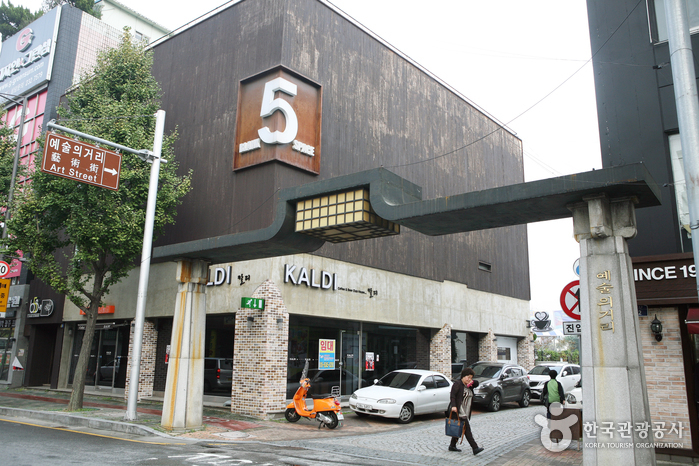
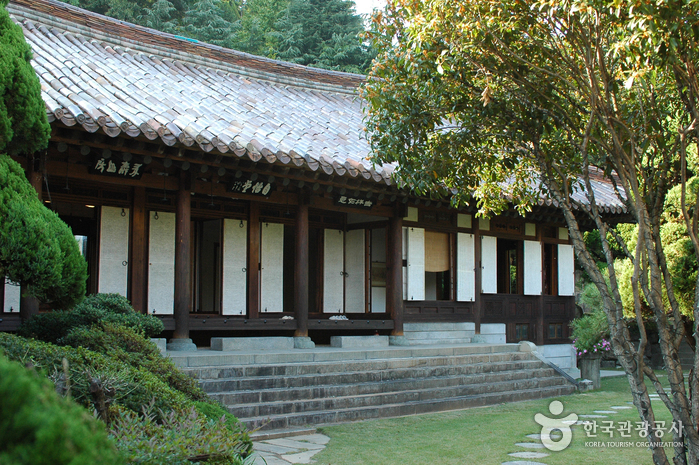
![Olive Young - Gwangju Chungjangro 1-ga Branch [Tax Refund Shop] (올리브영 광주충장로1가)](http://tong.visitkorea.or.kr/cms/resource/72/2886872_image2_1.jpg)

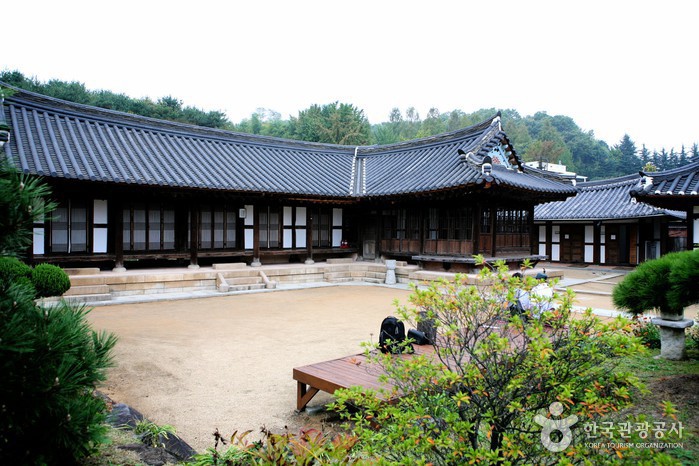
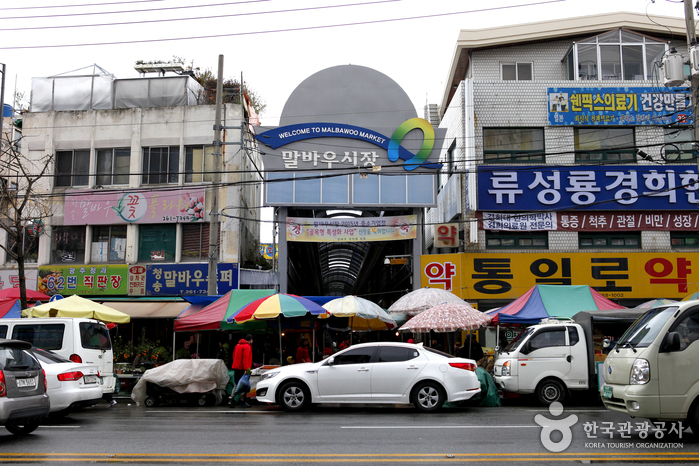
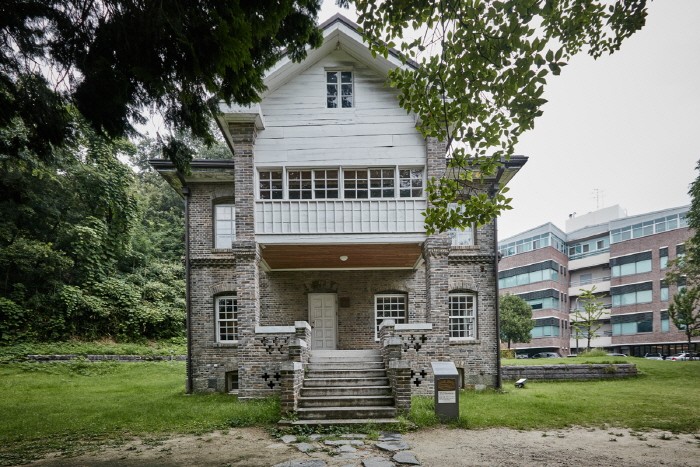
![Arie-ne guesthouse [Korea Quality] / 아리네 게스트하우스 [한국관광 품질인증]](http://tong.visitkorea.or.kr/cms/resource/69/2817869_image2_1.jpeg)
 English
English
 한국어
한국어 日本語
日本語 中文(简体)
中文(简体) Deutsch
Deutsch Français
Français Español
Español Русский
Русский